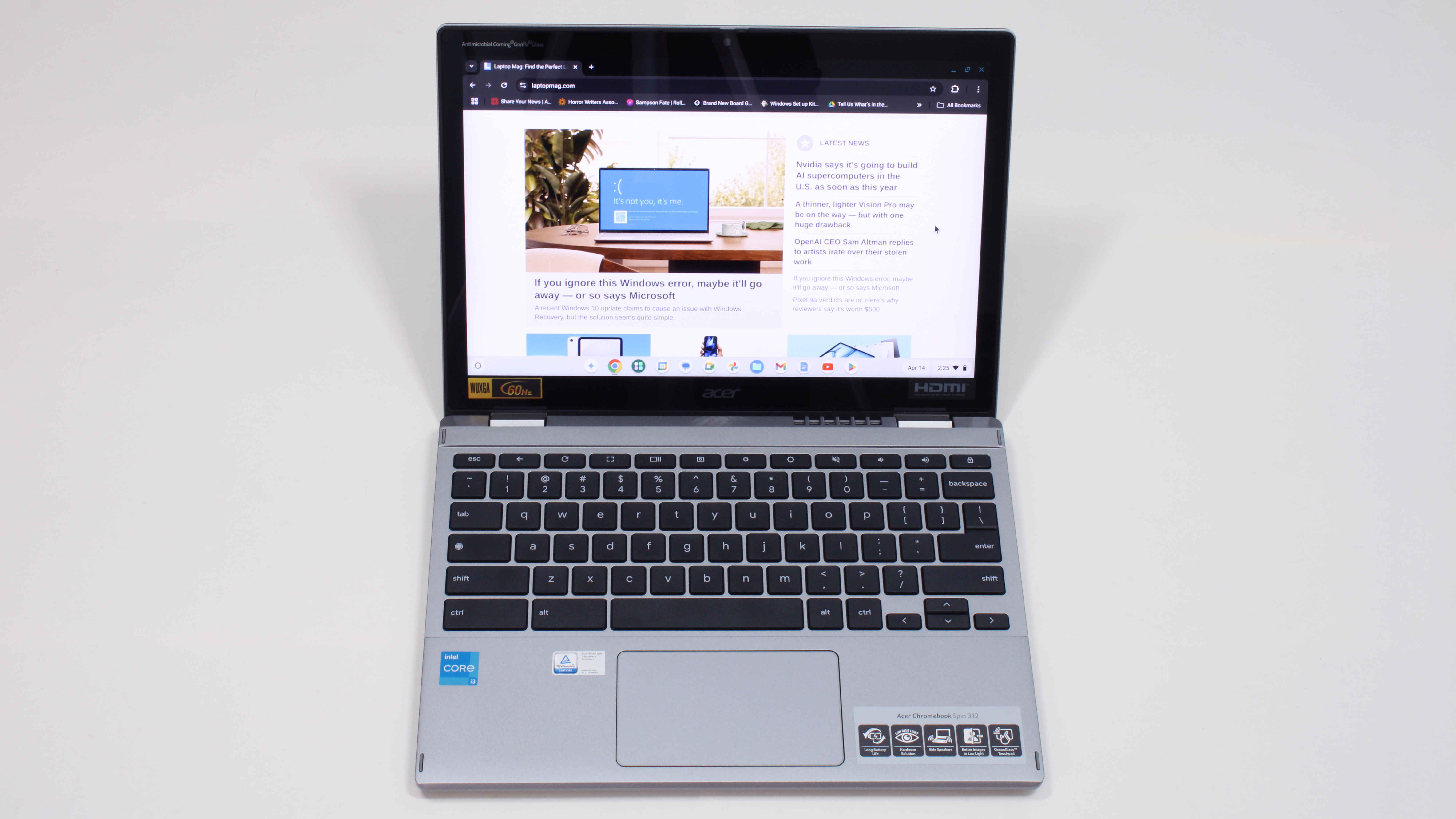5 Ways Kinect Could Transform Your Laptop
Matt Hickey at The Daily reported last Friday that Microsoft plans to bring its popular Kinect motion-sensing device onto laptops in the near future. The preview laptops, which appeared to be ASUS netbooks running Windows 8, feature a number of sensors running across the top of the screen where the webcam would normally be positioned. The Kinect will be able to function at such close distances thanks to the device's new "Near Mode," which allows it to detect movement from a distance as close as 40 centimeters. Although Steve Ballmer announced Kinect for Windows at CES, this is the first time that a device has been integrated directly into the hardware of a notebook.
Since the Kinect was first released in 2010, hackers have been devising ingenious ways to transform the device into everything from a virtual fitting room to a robotic, lightsaber-wielding "Jedibot". As astoundingly creative as these projects may be, however, ordinary users may be less thrilled about how – for instance – surgeons are using the hands-free motion controls of the Kinect to manipulate images, speeding up operations and reducing the risk of contamination. So what kind of practical applications can the average user expect? Here are five ways the Kinect can be used to enhance your daily laptop experience:
1. Hands-free browsing – browse the Internet by swiping aside windows and tabs, Minority Report-style. Tablet users already enjoy the sensation of whisking away windows with the flick of a wrist; imagine being able to do the same on a laptop, without touching anything at all. Moreover, users would be able to use multi-touch gestures such as pinch-to-zoom and four-finger flick to quickly and easily navigate websites, without dealing with obnoxious clickpads. British website Electricpig goes a step further, theorizing that one day we'll be able to browse the Web without our hands at all, using eye-tracking software developed for the Kinect.
2. Hands-free media control – Xbox owners quickly fell in love with the Kinect's ability to let them fast forward and rewind movies just by moving their hands through the air or speaking aloud to the device. Laptop users should enjoy the same capabilities, as well as greater possibilities. For instance, the Kinect could be used to navigate PowerPoint slides without needing to stand by the computer or use a remote control, skip or queue up songs without getting up from the couch, or manipulate photos without using a cumbersome mouse.
3. Hands-free typing – Windows already features voice commands and dictation for visually impaired users, but the software can be difficult to set up and use. With its sophisticated voice recognition capabilities, the Kinect could make dictation more accessible to mainstream laptop users. Imagine being able to write a Word document using nothing more than your voice, and quickly editing it with little more than a flick of your wrist.
4. Enhanced security – Ice Cream Sandwich already boasts a Face Unlock security feature for smartphones and tablets, but the tool can be easily fooled. Facial recognition software on the Kinect, which can detect the skeletal frame of a user, may be much harder to beat – particularly if the facial recognition software is paired with the Kinect's voice recognition capabilities. For an added layer of security, laptop manufacturers could support gesture-based lock screens.
5. Social network integration – In an age of instantaneous status updates and photo-sharing, nothing could be more instantaneous than a person's voice. Laptops featuring an integrated Kinect could allow users to tweet using their voice, use the device's motion sensors to drag and drop photos into their Flickr albums, or "like" a YouTube video or a Facebook post by giving a thumbs-up in front of the camera.
Sign up to receive The Snapshot, a free special dispatch from Laptop Mag, in your inbox.
David was a writer at Laptop Mag. His coverage spanned how-to guides, reviews, and product rankings. He reviewed Asus, Lenovo, and Gigabyte laptops; guided readers on how to do various things in Excel, and even how to force quit an app in macOS. Outside of Laptop Mag, his work has appeared on sites such as Tom's Guide and TechRadar.

